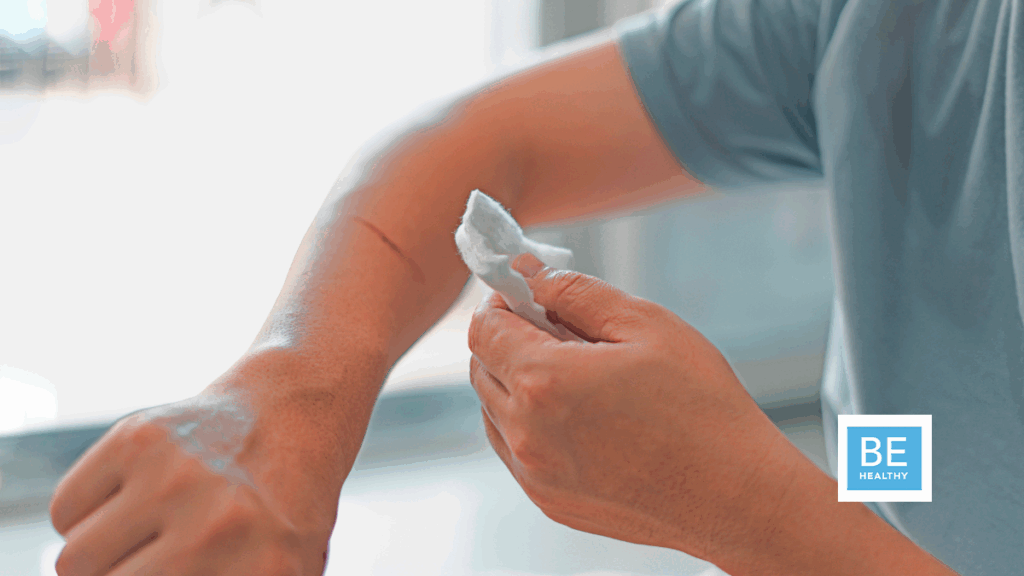Effective Techniques for Stopping Bleeding

Bleeding, whether from a minor cut or a major injury, can be alarming. In most cases, quick and correct first aid can control bleeding and prevent further complications. This article provides an educational overview of effective bleeding control techniques, when to seek medical help, and how to be prepared for emergencies.
First Aid: Step-by-Step Guide to Stop Bleeding
1. Ensure Safety First
Always assess the environment. Wear gloves if available and avoid contact with blood
to reduce infection risk.
2. Apply Direct Pressure
● Use a clean cloth, gauze, or even your hand.
● Press firmly on the wound for several minutes.
● Do not remove the cloth if it soaks through—add another layer on top and
continue pressing.
3. Elevate the Wounded Area
● If possible, raise the injured part above heart level to reduce blood flow to the
area.
maintain pressure.
5. Use a Tourniquet (Only in extreme situations)
pressure.
● Note the time it was applied and inform emergency responders.
● Use only as a last resort.
When to Seek Emergency Help
Call emergency services immediately if:
● The bleeding is arterial (spurting blood).
● The wound is deep, large, or exposes bone or muscle.
● You cannot stop the bleeding after 10 minutes of firm pressure.
● The person shows signs of shock (pale, cold skin, rapid breathing, confusion).
● The injury involves the head, neck, chest, or abdomen.
Preventing Infection After Bleeding Stops
● Wash your hands before and after treating a wound.
● Clean the wound gently with water and mild soap.
● Apply an antiseptic and cover it with a clean bandage.
● Change dressings daily or when dirty.
● Watch for signs of infection: redness, swelling, pus, or fever.
Conclusion
Learning how to stop bleeding effectively can save lives in both minor and severe
emergencies. Everyone should know the basics of bleeding control, especially those
caring for children, elderly family members, or working in high-risk environments.
Mayo Clinic. (2023). First aid for bleeding: What to do. https://www.mayoclinic.org
Centers for Disease Control and Prevention (CDC). (2021). Stop the Bleed.
https://www.cdc.gov/stopthebleed/index.html
National Safety Council. (s.f.). Bleeding and Wound Care. https://www.nsc.org





